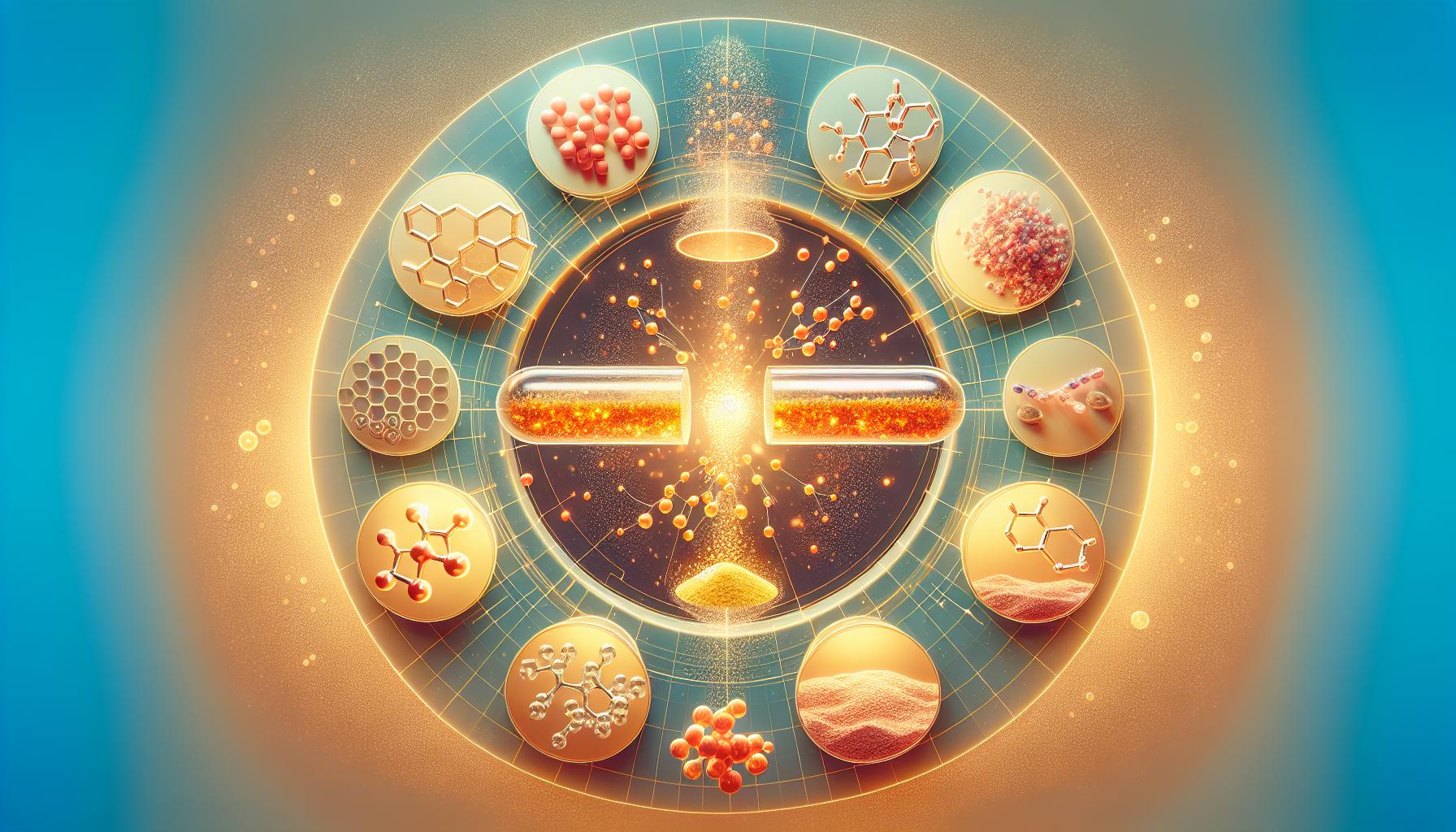Introduction to the Wonderful World of Collagen Supplements
How is a collagen supplement made? It’s a simple question with a complex answer. Collagen is a vital protein, abundant in mammals, and is responsible for giving structure to your skin, hair, nails, and other connective tissues. In crafting a collagen supplement, manufacturers extract this essential protein from various animal sources and transform it into an easily consumable product. The journey from animal to supplement is an intricate dance of science and technology, involving stages like hydrolyzation and evaporation, with a dash of drying and encapsulation. This article will take you on a deep dive into the fascinating process of how collagen becomes a healthful supplement.
Unveiling the Source: The First Step
Believe it or not, the initial stages in the creation of collagen supplements are not unlike those found in your typical kitchen. Just as a cook extracts flavorful stock from animal bones for your savory soup, collagen producers first have to extract raw collagen. This raw collagen, often from bovine, chicken, or fish sources, is boiled down into a rich broth in a process similar to bone broth preparation.
Of Bones and Broth: Collagen Extraction
The boiling process, using water or acidic solution, breaks down the tissues and releases the collagen. This initial extraction is a slow process, requiring several hours to ensure the collagen is properly harvested. As the mixture is simmered, the collagen within the bones and connective tissues slowly disintegrates into the water, creating a collagen-rich broth.
The Science of Simplicity: Hydrolyzation
Once the collagen is extracted, the next step merits a white lab coat: hydrolyzation. A real mouthful of a word, hydrolyzation simply means breaking something down with water. Lending a touch of science to the initial art of extraction, this process helps to break down the newly obtained collagen into smaller, more digestible particles known as peptides.
Water Works: Peptides and Collagen
This step is vital for our bodies to absorb collagen. Our bodies can’t efficiently assimilate larger collagen molecules. By hydrolyzing, or slicing them into smaller chunks, the collagen becomes a readily absorbed nutrient when consumed.
The Evaporating Act: Concentration
With hydrolyzation complete, the next part of the process takes advantage of another simple scientific process, evaporation. Liquid collagen is heated and the water content is gradually reduced. This concentration phase allows manufacturers to ensure your collagen supplement is packed full of the good stuff, leaving you with a highly potent source of collagen.
Soup to Supplement: Collagen Concentration
It’s important to understand, as the concentration process unfolds, what started as a bone soup is beginning to transform into the collagen supplement that will eventually end up in your wellness cabinet. It is during this evaporation phase that manufacturers can also monitor and adjust the level of various nutrients present in the supplement.
A Grain of Truth: Drying
After the concentration phase is completed, the remaining collagen needs to be dried. This process, straightforward yet crucial, transforms the concentrated liquid into either a fine powder or granules, making it easier to package and consume.
Dry and Dandy: Collagen and Drying Process
The drying process usually involves spreading the concentrated collagen into thin layers and subsequently heating to ensure all remaining moisture is removed. Once thoroughly dried, the collagen takes on a fine, free-flowing form.
Wrapping it Up: Encapsulation and Packaging
For the collagen to find its way to you, it’s last stop—in capsule, pill, or powder form—is encapsulation and packaging. Collagen powder can be packed directly into tubs while to make capsules, the dry collagen is first packed into small, easy-to-swallow capsules.
From Capsules to Contrivances: Finishing Touches
Labels bearing all the crucial information – ingredients, dosage, storage information - are added to the packages, and voila! Your collagen supplement is ready to embark on its journey to your doorstep, and then, to your diet.
Conclusion: A Journey Well Travelled
And there you have it—the journey of how collagen moves from animal to supplement. It’s a process that starts with water and heat, travels through a world of hydrolyzation and evaporation, and ends with carefully bottled capsules or powders, ready to support your body’s natural processes.
Frequently Asked Questions
1. What animal sources are the collagen supplements made from?
Collagen can be sourced from numerous animals, but the most common sources are bovine (cattle), chicken, and fish.
2. What is hydrolyzation in the context of making collagen supplements?
Hydrolyzation is a process where collagen molecules are broken down using water into smaller, more digestible peptides to allow the human body to easily absorb them.
3. What are the benefits of collagen supplements?
Collagen supplements are known to support skin health, reduce wrinkles, improve hair and nails, and enhance joint, bone, and gut health.
4. Can vegetarians consume collagen supplements?
Since collagen is sourced from animal tissues, traditional collagen supplements are not suitable for those following vegetarian or vegan diets. However, there are vegan alternatives that use plant extracts which mimic collagen’s effects.
5. Are all collagen supplements the same?
Not all collagen supplements are the same. The nutrition content may vary based on the initial animal source of the collagen and the manufacturing process used.


